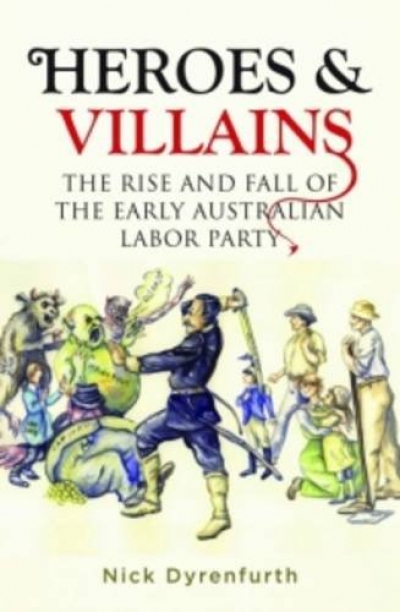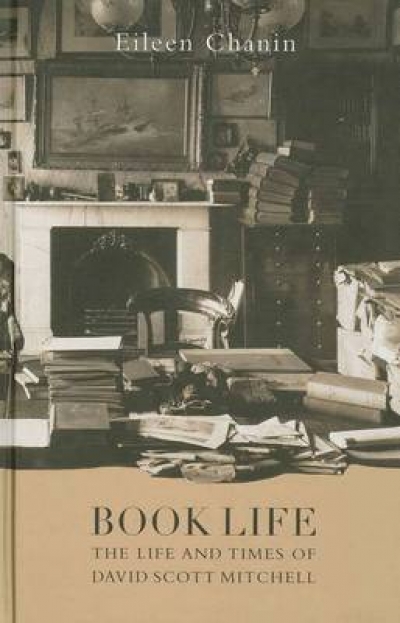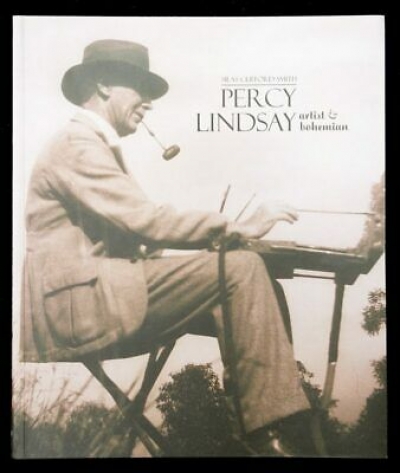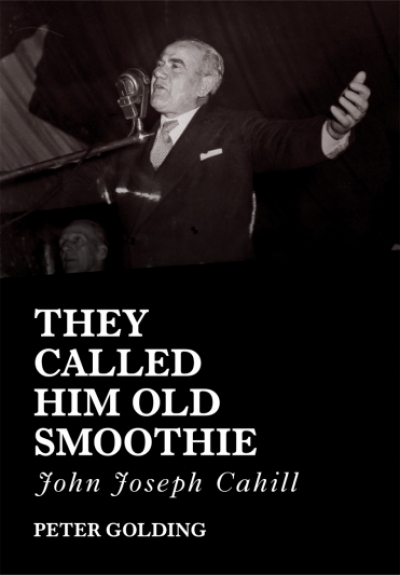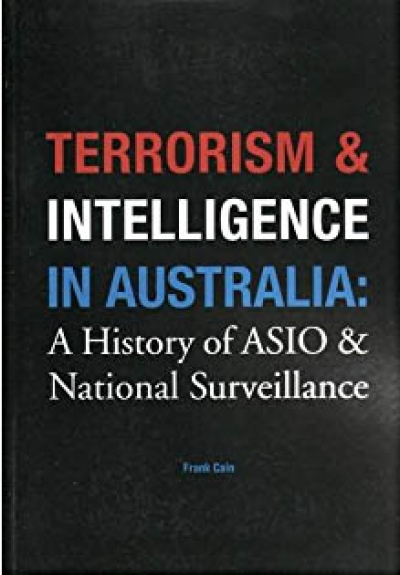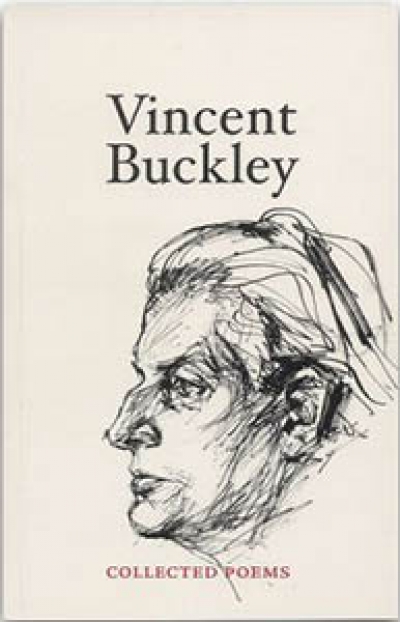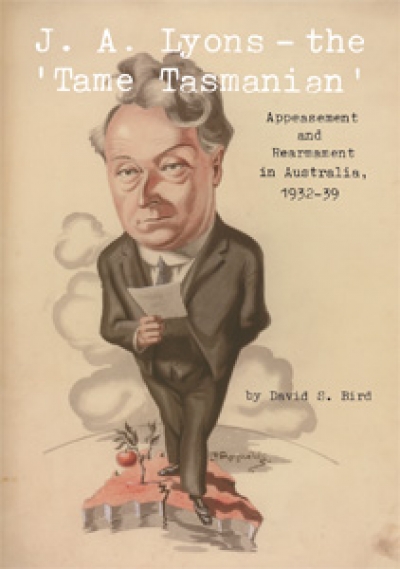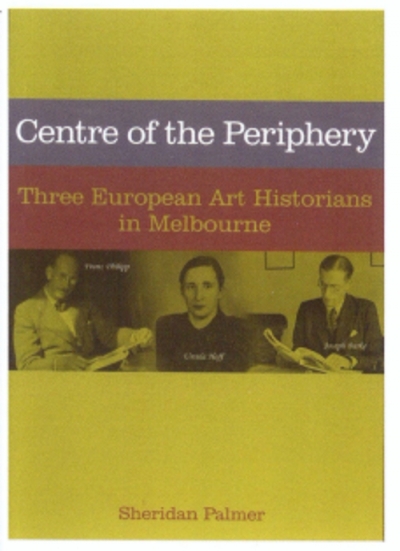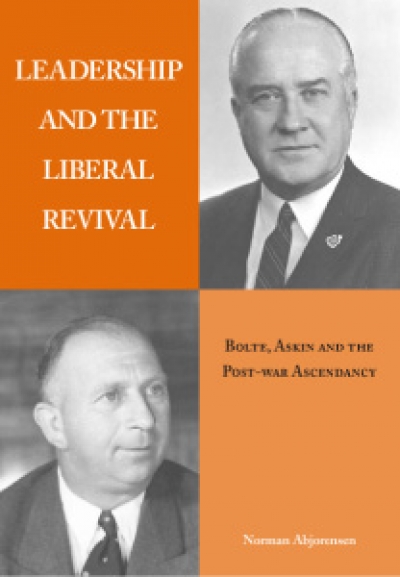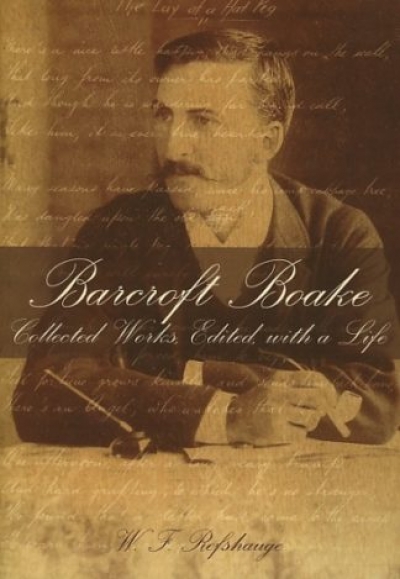Australian Scholarly Publishing
Heroes & Villains by Nick Dyrenfurth & A Little History of the Australian Labor Party by Nick Dyrenfurth and Frank Bongiorno
by Stuart Macintyre •
Book Life: The Life and Times of David Scott Mitchell by Eileen Chanin
by Paul Brunton •
They Called Him Old Smoothie: John Joseph Cahill by Peter Golding
by Lyndon Megarrity •
Terrorism and Intelligence in Australia: A history of ASIO and national surveillance by Frank Cain
by Andrew O'Neil •
Vincent Buckley edited by Chris Wallace-Crabbe & Journey Without Arrival by John McLaren
by Gregory Kratzmann •
J.A. Lyons – The ‘Tame Tasmanian’ by David S. Bird & Enid Lyons by Anne Henderson
by Ann Moyal •
Centre of the Periphery: Three European art historians in Melbourne by Sheridan Palmer
by Patrick McCaughey •
Leadership And The Liberal Revival: Bolte, Askin and the post-war ascendancy by Norman Abjorensen
by Don Aitkin •
Barcroft Boake: Collected works, edited, with a life by W.F. Refshauge
by Patrick Buckridge •

